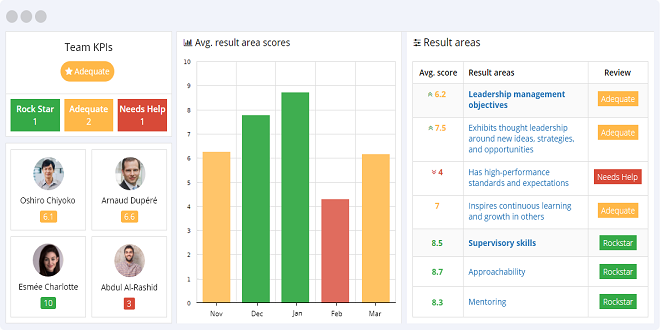Measuring Success Tracking the Vital Signs and Demonstrating Results

What Are Your Goals?
There are countless brands and businesses out there, each with its own business model and approach. But there are really just four broad goals to aspire to with your social media efforts:
Brand engagement, advocacy, and loyalty
Your best, most loyal customers will be the first to seek you out in the social sphere, and you must be there for them, connecting one to one, cultivating a deeper relationship, rewarding them with “surprise and delight” campaigns or sweepstakes, and furthering their understanding of and enjoyment of your brand. Perhaps you’ll associate yourself with the pleasures of music, online games, or real-world events. Ideally, you’ll tie your brand to a bigger cause.
For instance, PetSmart’s social media effort focuses not on cat food and dog collars, but on beloved, adorable pets and the issue of animal welfare. Patagonia’s is about surfing, paddling, and climbing-and environmentalism to ensure that those beautiful landscapes are preserved. Pepsi isn’t about carbonated sugar water, but about “living for the moment.”
Read Also: Masstamilan
What Is a Facebook Fan Really Worth?
The most accessible measures of progress in your social media program are the raw numbers of fans: Facebook “likes,” Twitter followers, YouTube subscribers and so on. But that begs the question: what is the actual value of these fans? A number of mostly small and unscientific studies have sought to quantify the value of a Facebook fan, and they’ve been all over the map in their methodologies and results.
Vitrue arrived at the underwhelming number of $3.60, by equating the value of brand mentions in the social graph with the cost of having to buy impressions via PR or advertising.
Social Media Analytics
What will you measure? How will you measure it? Your goal is to demonstrate that the costs of your social media program are more than offset by the return on that investment. Demonstrating ROI is the end game.
As you write your social media business plan, keep in mind that you’ll need to drive toward five big, overarching measures that everyone in your organization will understand. Maintaining your focus on these measures will make it easier to navigate the world of social media analytics.
Tools for Social Media Analytics
Social networks and social media (including interactive tools you add to your website) encompass a very broad landscape. Some of the activity you’ll want to track is occurring on your fan pages. Some of it is on your website. And much of it is occurring across the Internet at large—in conversations that advocates and detractors are having on public forums about your brand, products, and industry. Analytics tools exist to track all of these social touch points. To simplify things, with social media analytics, you’re trying to capture four perspectives:
Your Online Community
For the heartbeat of your own brand pages, you’ll rely on the native statistics from Facebook, Twitter, YouTube, Pinterest, Google+, and whatever other platforms you’re active on. These will include measures of audience (fans, followers, and subscribers, plus network reach) as well as interactivity (comments, retweets, re-pins, video views). As a social media manager, you’ll find harvesting data from several platforms is an inefficient process, so you’ll probably want to use an aggregating tool like HootSuite, Radian6, TweetDeck, or SocialMention.
Summary
Measurement is a big topic, and as I’ve indicated in this chapter, the sources of social media intelligence are scattered all over the place—on your fan pages, your website, and throughout the Internet at large. Thankfully, a number of software tools are now available to consolidate much of that data and enable you to report it within your company as an indicator of the impact of your work.
Feel Free to Read More: Isaimini





